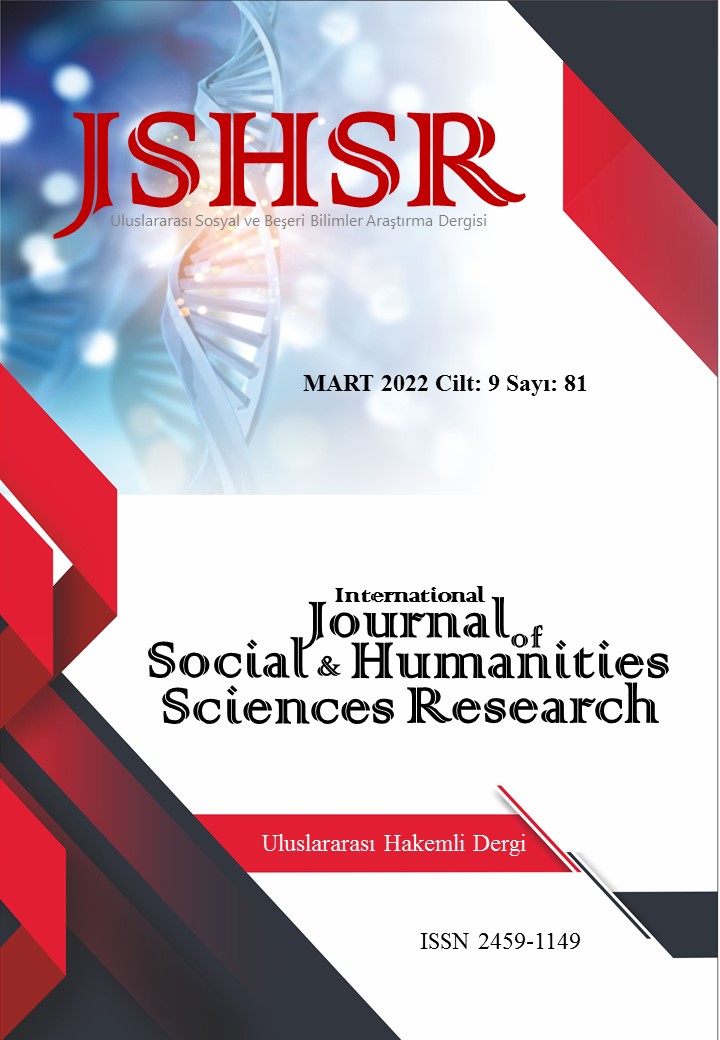İNÖNÜ PERIOD (1938-1950) BASIC FEATURES OF DEMOGRAPHIC STRUCTURE
DOI:
https://doi.org/10.26450/jshsr.3030Keywords:
İnönü, Demography, Migration, UrbanizationAbstract
The İnönü period includes a time period in which extraordinary situations were experienced in many respects. Changes in political, economic and social relations such as the Second World War, the international institutions that emerged after the war and the ideological positioning of the states in the world are seen as the prominent features of this period. The demographic structures of countries have also been directly affected by this global change process, but at the same time, their demographics have also directly affected this process. Because, ultimately, wars are largely based on manpower, and therefore new structural relationships emerge. In this context, the question of the relationship between these changes and the demographic structure of the İnönü period (1938-1950) in Turkey, what kind of a structural situation did the interaction reveal gains importance. Migration as a demographic structure, the phenomenon of urbanization, the changes in various characteristics of the population according to time and space provide important information about the structural features of a society. When examined in terms of periods, it can be said that the period between 1940 and 1950 in Turkey was the weakest in terms of population growth rate. In the changes that occurred in the population structure of the İnönü period (1938-1950); The Second World War, migrations from abroad (Bulgaria, Greece, Yugoslavia, Romania, Albania) for political and ethnic reasons, and Hatay's participation in the homeland were effective. In this period, in addition to external migration, migration movements from village to city started to be seen within the country. Apart from the capital Ankara and Istanbul, it is seen that Turkey is a village or rural society. Most of the population lives in villages
Downloads
Published
How to Cite
Issue
Section
License
Copyright (c) 2022 INTERNATIONAL JOURNAL OF SOCIAL HUMANITIES SCIENCES RESEARCH

This work is licensed under a Creative Commons Attribution 4.0 International License.


